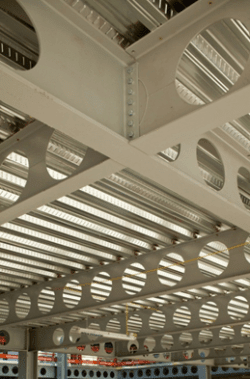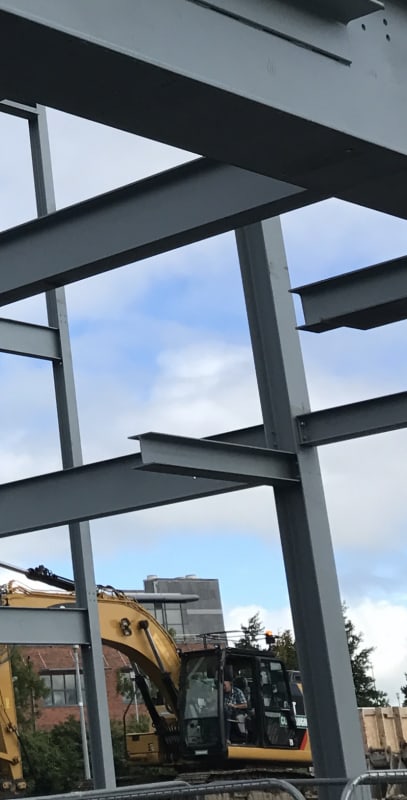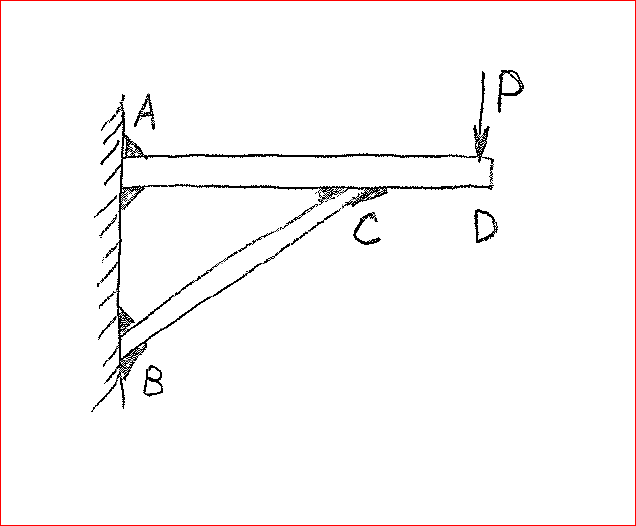dik said:
barring instability issues, if you strengthen any part of an structure, the resulting structural system will not be diminished in strength. It might not be improved, but it will not be weakened...
I've got to second human909 on this with a recent hand-wringing experience:
Say I have a working [software] structural model - all green all good. Then some well intentioned coworker comes along and "strengthens" all of my beams and columns and braces for me overnight.
[ul]
[li]Is the building "weakened" at any point? I guess not.[/li]
[li]Is the building "improved"? Depends on the fabricator I suppose.
(E.g., "connections will be cheaper if we just make all of these beams/braces/columns the same size instead of 'optimizing' each one").[/li]
[li]Will the structural system still pass all of the code checks that the previously "working" (SMF/BRBF for example) structural model passed? Most likely not.
(E.g., my BRB A_sc (brace area of steel core) got increased by 4in^2 - now I need 12 anchor bolts instead of 8, and my footing needs to be 12" thicker to meet code, but the building isn't "weaker" than it was before.)[/li]
[/ul]
So dik's lemma may still hold true in a general sense of the structure not being "weaker", but it can certainly have unintended consequences, which BA/human909/Italo/and others were getting at. Specifically when it comes to (but not limited to) seismic design, which is what human909 is pointing out I think. Note that I'm differentiating between plastic/ductile design and seismic specific capacity based design. Seismically "special" structures are frustratingly sensitive to what might seem like a minor change in the grand scheme. But this is way off the pinned vs. fixed OP...sorry, OP.




![[ponder] [ponder] [ponder]](/data/assets/smilies/ponder.gif)